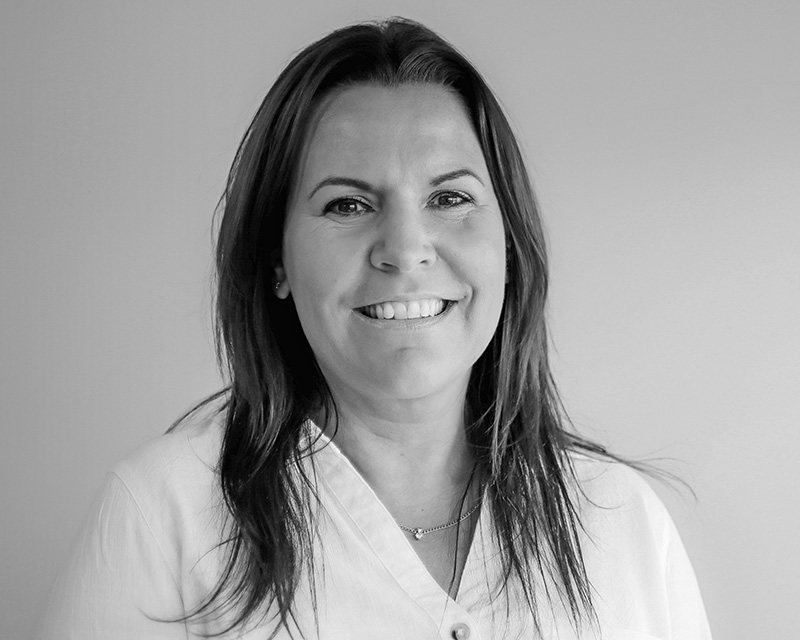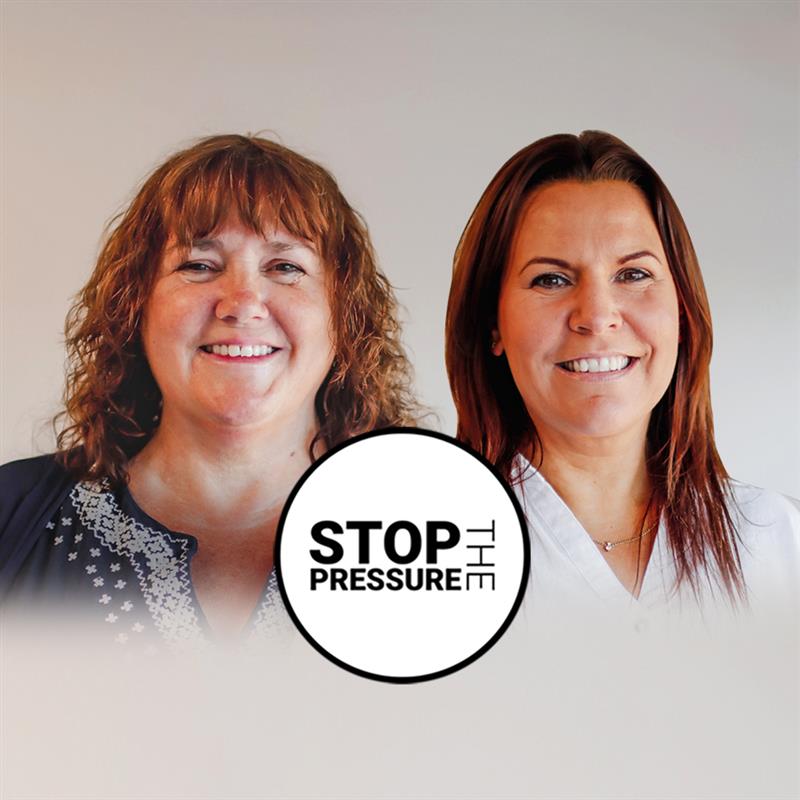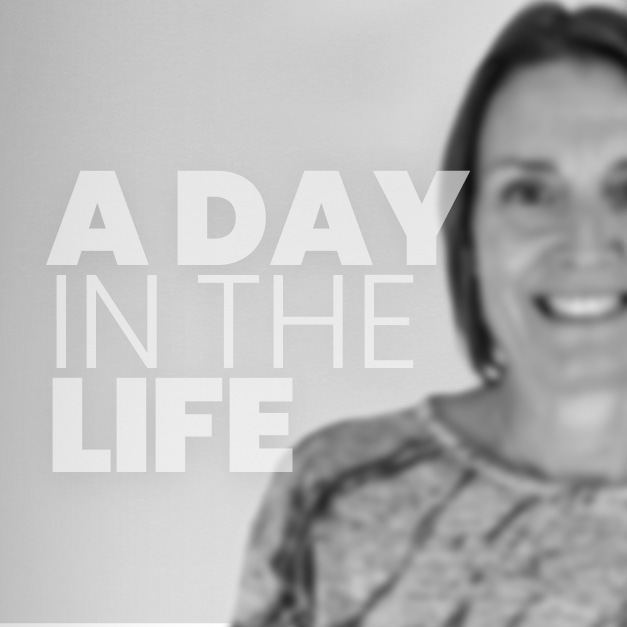Our Expert
Heidi has been a Tissue Viability Nurse since 2002. Her interest and passion in the prevention and management of pressure ulcers began in 1987, on registering as a nurse. She has worked in both acute and community care, and is currently the part-time Tissue Viability Services Lead for Hertfordshire Community NHS Trust.
Understanding the issue
Pressure ulcer prevention is a core part of quality patient care, but are we assessing everyone equally? Traditional signs like redness may not be visible on darker skin tones, leading to delayed detection and worse outcomes. With growing evidence highlighting disparities in pressure ulcer rates across skin tones, it's time to rethink our approach.
This blog post explores why skin tone matters, what the research tells us, and how small but critical changes in practice can lead to safer, more inclusive care.
Does skin tone matter in pressure ulcer care?
Over the last 15 years, there has been an increasing focus on skin tone diversity in relation to pressure ulcer and wound care. The word redness or erythema is frequently used to describe what to look for in signs of early pressure damage and wound infection. However, in darker skin tones, where redness may not present, these signs can be missed. In 2008, VanGilder et al., reported in over 160,000 people that a higher percentage of people with dark skin (13.11%) had category 4 pressure ulcers than those with light (8.53%) or medium (9.01%) toned skin, and category 1 was seen in those in light and medium skin tones 5 times (69.38%) more frequently than in dark skin tones (12.97%).
Further studies in the USA have found similar:
- Pressure ulcer (PU) prevalence among darker skin tones in nursing homes being approximately twice that of lighter tones (Harms et al., 2013)
- Dark skin toned residents, who make up 16% of the nursing homes population, show persistently higher rates of PU than light skin toned residents, (Li et al., 2011)
- More dark skin toned residents developed pressure ulcers sooner than lighter skinned residents (Bliss et al., 2014)
- In their literature review, Gunowa et al., (2018) reported findings that indicate that people with darker skin tones are more likely to develop higher category pressure ulcers.
Two theories have been proposed for this difference:
- Early signs of pressure damage (such as redness) are not noticed in darker skin (Gunowa et al., 2018; Black et al., 2023a)
- Social deprivation (being higher in the ethnic groups with darker skin) (Black et al., 2023b).
However, new emerging evidence by Katz and Gefen, (2025) is suggesting there are biomechanical differences between the skin tones that may also account for this increased risk. Lower water content in the stratum corneum (the outermost layer of the epidermis which is the top layer of the skin), is associated with higher tissue stresses and more intense stress concentrations, especially under combined compression and shear loading.
Using a computational modelling framework developed by themselves, the authors suggest their results support the hypothesis that the lower water content in darker skin, associated with increased transepidermal water loss, may lead to altered biomechanical behaviour and increased PU risk. So, watch this space- perhaps this also makes a difference?
In the meantime, whilst the scientists continue to explore potential mechanobiological differences between skin tones, what can you do to reduce the risk of those with darker skin tones developing PU?
Given that 81.7% of the England & Wales population identifies as white, with 9.3% being Asian and 4% being Black (Census, 2021) -we are likely to have fewer people in our care with darker tones (this can of course vary according to region, Tower Hamlets in East London for instance has 39.4% white ONS, 2021).
So, when people with darker skin tones are in our care, let’s think about how to assess their skin differently and safely.
1. Discolouration
- Instead of looking for redness, look for discolouration- colour that may appear darker or different than the usual skin tone.
2. Pain
- Ask about pain over bony prominences and in relation to medical devices- is the person experiencing pain that could be associated with pressure and shear?
3. Temperature
- Feel the skin over at risk areas– does it feel warm and hard? This could be an early sign of inflammation associated with pressure. If the skin feels cool/cold and boggy, then there could be tissue damage and death already occurring.
4. Offload
- If any of the above are present, offload the affected area by moving the person (or the device) off that area.
5. Baseline
- Establish baseline skin tone using a validated classification tool, such as the skin tone tool (Black et al., 2023a; page 4). Skin tone can be determined by selecting the tone that most closely matches the patient’s inside upper arm.
Final Reflections
Skin tone matters in pressure ulcer care. Relying on redness alone can lead to missed signs in people with darker skin, increasing their risk of severe ulcers. While research continues to explore biological differences, we must act now.
Simple changes- like checking for discolouration, asking about pain, feeling for temperature changes, and using validated skin tone tools, can improve early detection and care. Let’s stay aware, adapt our assessments, and ensure safer, more equitable care for everyone.


Our Expert
Heidi Sandoz is one of Accora's resident Tissue Viability Nurses with over 25 years of experience.
- Black et al., (2023a) Pressure ulcers and skin tone https://woundsinternational.com/made-easy/pressure-ulcers-and-skin-tone/
- Black et al., (2023b) Current perspectives on pressure injuries in persons with dark skin tones from the National Pressure Injury Advisory Panel. WCET® Journal 2023;43(3):18-29. DOI https://doi.org/10.33235/wcet.43.3.18-29
- Bliss et al., (2014) Are There Racial-Ethnic Disparities in Time to Pressure Ulcer Development and Pressure Ulcer Treatment in Older Adults After Nursing Home Admission? Journal of Aging and Health 27(4): https://doi.org/10.1177/0898264314553895
- Census (2021) https://www.ons.gov.uk/peoplepopulationandcommunity/culturalidentity/ethnicity/bulletins/ethnicgroupenglandandwales/census2021
- Gunowa et al., (2018) Pressure injuries in people with darker skin tones : a literature review. Journal Of Clinical Nursing, 27(17-18), pp. 3266-3275
- Harms et al., (2013) Prevalence of Pressure Ulcers by Race and Ethnicity for Older People Admitted to Nursing Homes J Gerontological Nursing. 2013 Nov 7;40(3):20–26. doi:10.3928/00989134-20131028-04
- Katz and Gefen (2025) Impact of Skin Tone on Skin Tolerance to Shear in the Context of Pressure Injuries: Theory and Computer Modeling Adv Skin Wound Care 38: 105–111
- Li et al., (2011) Association of race and site of care with pressure ulcers in high-risk nursing home residents JAMA 13;306(2):179–186. doi: 10.1001/jama.2011.942
- ONS, 2021 https://www.ons.gov.uk/visualisations/censusareachanges/E09000030/
- VanGilder et al., (2008) Results of Nine International Pressure Ulcer Prevalence Surveys: 1989 to 2005 Ostomy Wound Management 2008;54(2):40–54












.png)





